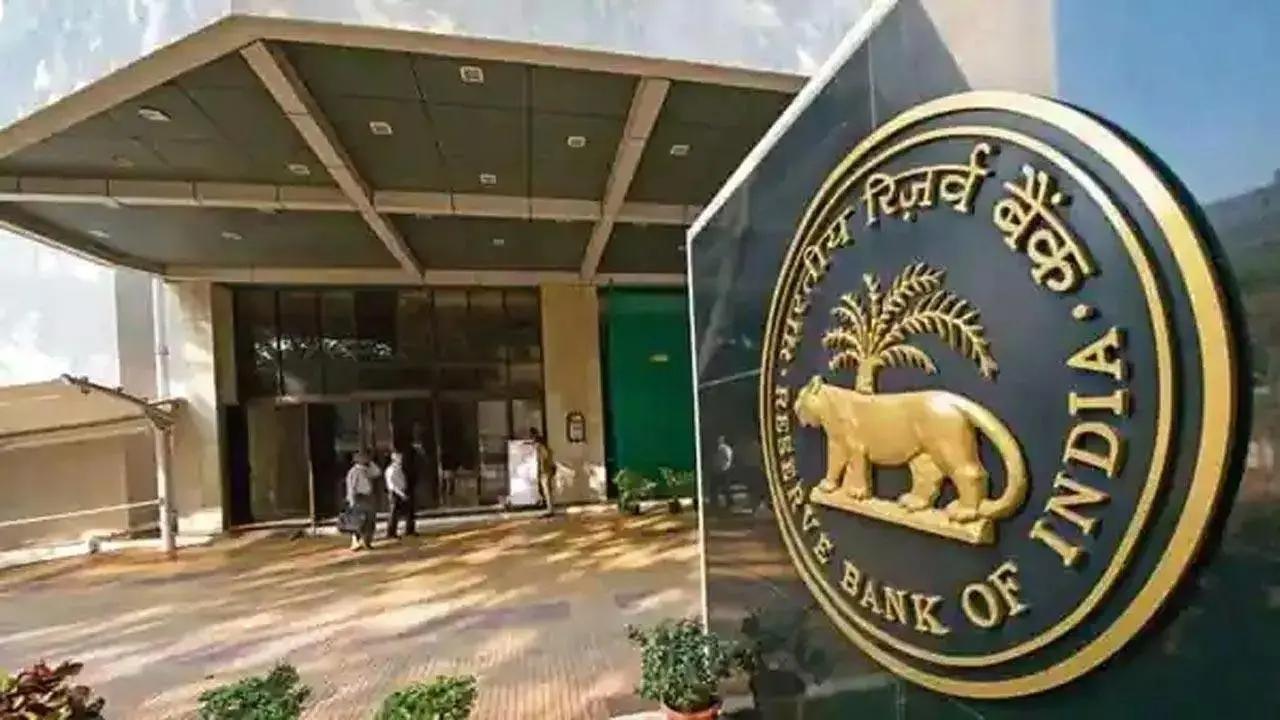The Indian bond market is under pressure as yields on government securities continue to rise, hitting their highest level in five months. On Monday, the benchmark 10-year government bond yield closed at 6.5967 percent, the highest since late March, reflecting growing investor unease about fiscal health and demand-supply imbalances in the debt market.

The recent surge comes after weeks of steady increases. Since the Reserve Bank of India’s last monetary policy review, traders have ruled out further rate cuts for the year. Although a recent sovereign rating upgrade briefly pulled yields down, concerns quickly resurfaced following the announcement of changes in the Goods and Services Tax structure.
Why are bond yields rising?
One of the biggest reasons for the rise in yields is fiscal slippage. With the government rolling out new tax proposals and revenue pressures mounting, investors fear a higher borrowing requirement in the coming quarters. This has reduced the appetite for long-duration bonds, especially among traditional buyers like insurance companies and pension funds.
Foreign portfolio investors, who usually provide support, have also been cautious. At the same time, the RBI is restricted from conducting large-scale bond purchases in the near term due to the upcoming cash reserve ratio cut. As a result, demand has not been strong enough to match the supply of fresh government securities.

What do experts say?
Market participants believe that yields could climb further. Rajeev Pawar, head of treasury at Ujjivan Small Finance Bank, said that considering the current sentiment, the 10-year yield might test 6.75 percent soon. The upcoming GDP growth data will be crucial. If growth comes in weaker than expected, traders may anticipate a rate cut in the future, leading to a short-term rally in bonds.
Dealers also noted that demand-supply mismatches in the bond market have not been this prominent in years. With muted FPI inflows and reduced participation from long-term domestic investors, the market is struggling to absorb government borrowing without pushing yields higher.

Why does this matter to ordinary investors?
Rising bond yields have multiple implications for the wider economy. For the government, it means higher borrowing costs at a time when fiscal pressures are already mounting. For banks and financial institutions, it impacts the pricing of loans and deposits. For individual investors, rising yields could mean better returns from government securities and debt mutual funds, but it also signals stress in the broader economy.
The coming weeks will be critical as investors closely track GDP numbers and the RBI’s next policy stance. A strong growth print may push yields higher, while a weaker number could revive hopes of monetary easing.
Final Word
India’s bond market is going through a phase of heightened uncertainty. Fiscal worries, weak demand, and global cues are all contributing to higher yields. For investors, this is a reminder of how closely debt markets are linked to broader economic and policy shifts.
For more updates on markets, government policy, and personal finance strategies, follow You Finance on Instagram and Facebook. Stay informed and make smarter money decisions.















